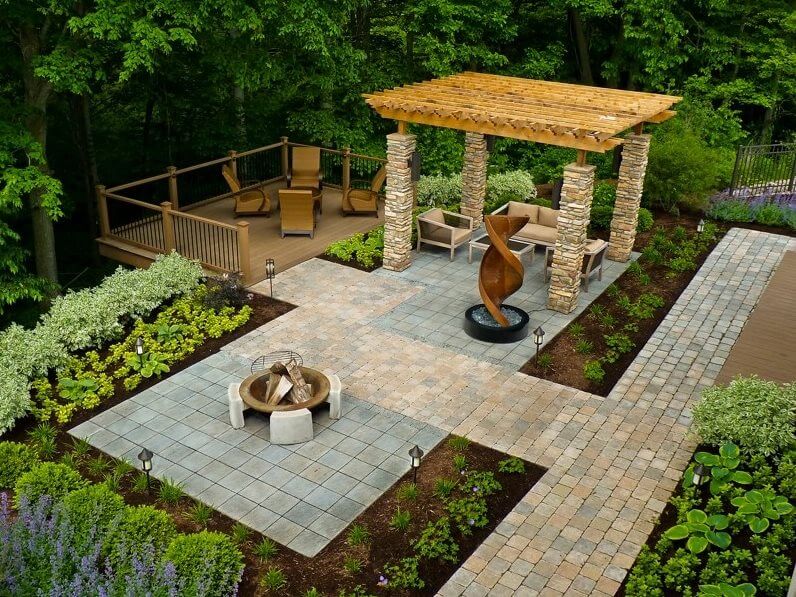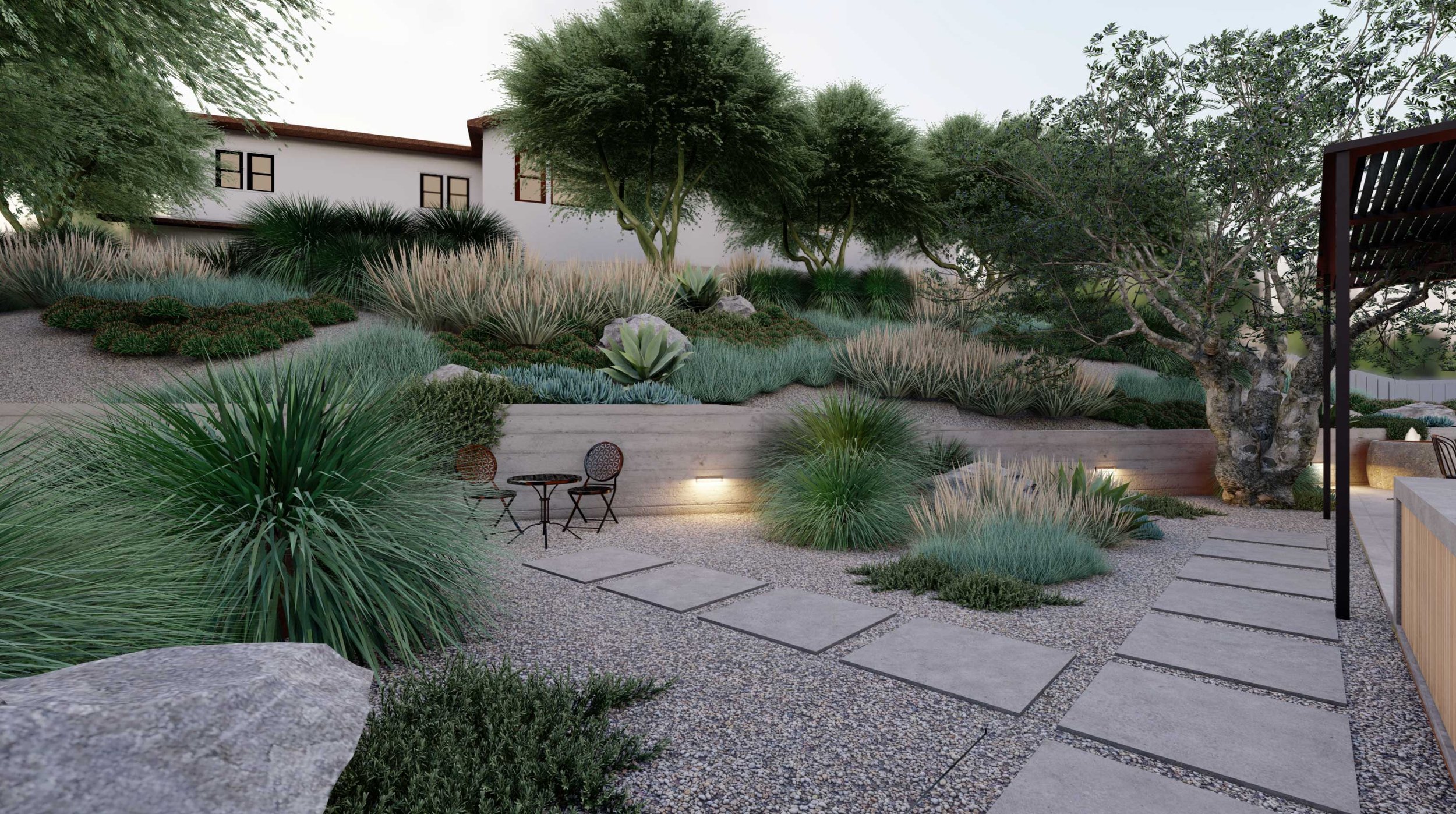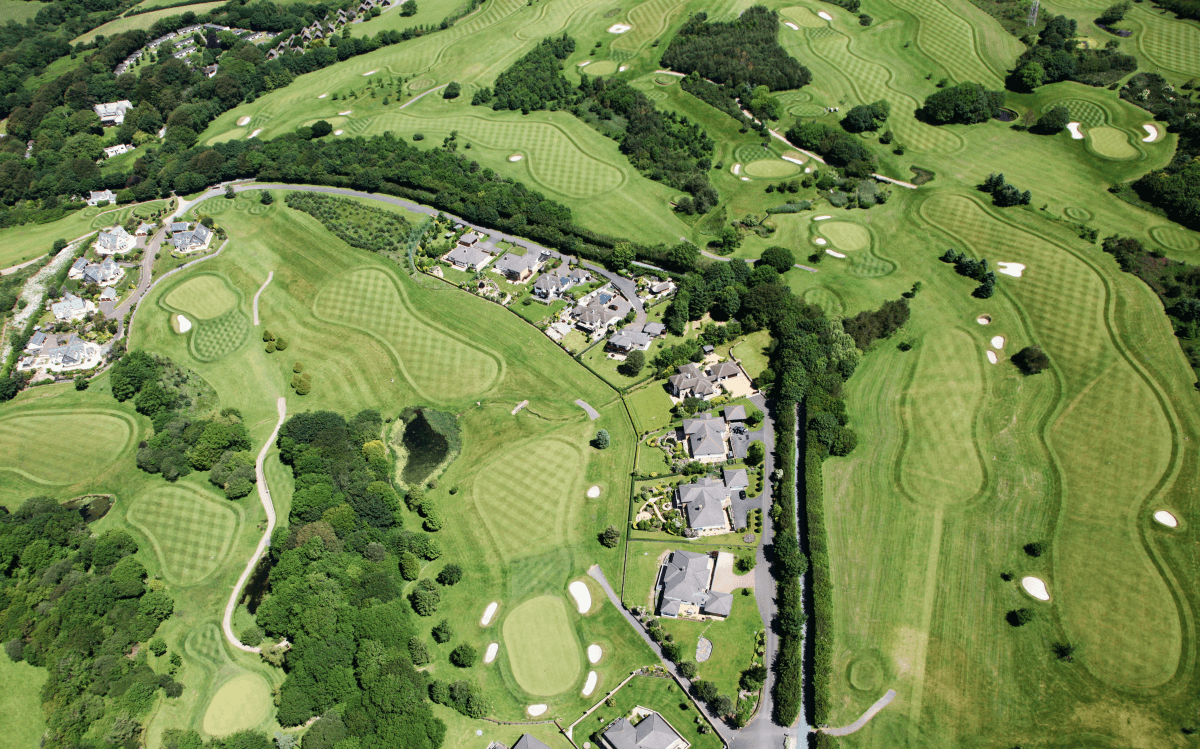The Landscapers Diaries
The Landscapers Diaries
Blog Article
Indicators on Landscapers You Need To Know
Table of ContentsThe Greatest Guide To LandscapersThe Greatest Guide To LandscapersSome Ideas on Landscapers You Should KnowThe Best Guide To LandscapersUnknown Facts About LandscapersThe Buzz on Landscapers
- A yard attribute where water is represented by an accumulated stone product, usually a crushed rock or granite. These are most commonly found in modern and Japanese garden design.- A stone or natural flagstone outdoor patio, course, or pathway constructed without a concrete base. The base would certainly be compacted crushed rock and the joints would be an aggregate or walkable ground cover. - A rock keeping or free standing wall built without the use of mortar. - A below ground framework that collect water and allows it to slow down percolate into the soil around it.
Landscape layout that is compatible with a websites' environment in both appearance and sustainability without adverse impacts to the atmosphere. Edging in the landscape is a line of demarcation that develops aesthetic interest in the garden by dividing one section from an additional section.
Areas can also have a feeling of "unit" given by trees, various other growings, fencings, or displays. The landscape near the entry to a building. A tree, bush or creeping plant, trained to expand on a wall surface or fencing into a details pattern. Especially useful for fruit trees, making it very easy to harvest the fruit and having mess.
Not known Incorrect Statements About Landscapers

The component in a landscape layout or location in a landscape that is indicated to be most noticeable. The prime focus can be a plant, rock, sculpture, collecting area, or other landscape function. A design of gardens or garden elements that worry straight lines, right angles and circles. Bushes or bushes situated in beds near the foundation of a home or various other structure.

The 3-Minute Rule for Landscapers
Rock item, either rounded or fractured, that is relatively little- usually 1" or less. Reduced plants that are enabled or urged to top an area. Can describe any type of "tough" yard components including statuary or stones however most commonly is used to describe paths, patio areas, and walls.: Elevation difference between the degree of water in a pond (or the level of the pump if it sits outside the fish pond) and the top electrical outlet of water which impacts performance of the water pump in gph (gallons per hour). Thick bushes or trees that form a fence, display, or limit.
A chemical utilized to manage weeds. Fence boards that run horizontally, often used in contemporary or Japanese-inspired landscape resource designs. Lines that specify rooms within a landscape principle. These usually extend from corners or key features of an existing framework. Appropriate use imaginary lines can aid the landscape really feel connected to the home and various other components.
An even more unwinded garden dominated by bent as opposed to straight bed lines and a less stiff framework. Typical PNW landscapes are informal. A plant that spreads more than wanted, or into habitats where it does damages. Rose city has a checklist of intrusive plants that need to not be set up in landscapes because they can spread to forests or rivers and be difficult to regulate.
The Basic Principles Of Landscapers
Can include head placements and protection, pipe sizing, GPM specs, and materials needed to install this system. Certified professional that creates landscapes, coached in design and architecture as well as in cultivation.
The professional that prepares and creates landscape projects, generally at a residential or little business level with the significant layout incentive on growings. Landscape developers typically have much less education than Landscape Architects and are not licensed. A finished landscape style, describing all components for the new landscape. This usually takes the type of an illustration on paper.
Calcium material used to elevate the pH in dirt, which will certainly make it much less congenial to moss (Landscapers). A water limited HDPE product made use of below ponds, streams and waterfalls in water functions. Making use of lots of growings of the very same variety to fill out a location in the landscape. have a peek at these guys This can decrease upkeep and water usage in the garden.
A layer of garden compost or bark dust applied at the base of a plant. A plant that was present in a geographical area before individuals began changing the landscape.
The Single Strategy To Use For Landscapers
How the garden or a garden component is arranged in relationship to an existing or brand-new feature or to an instructions. Turfs that are not mowed yet expanded in landscapes as perennials.

Plants that provide seasonal passion and after that pass away back in the wintertime. Cold season grass that is the most common turf yard in Rose city, OR and the rest of the PNW.An open roofed framework over a patio area or other landscape function.
The most typical landscape gravel in the PNW. Area of the landscape made to manage rainfall water up until it can saturate into the ground.
Framework made of wood, concrete, paving stones, blocks or various other products for maintaining inclines and preventing too much disintegration. Narrow watercourse. Developing a yard function being composed primarily of stones with growings that complement and can see this here flourish in the rough atmosphere. Lawn sprinkler head style that revolves a stream of water across an area.
Not known Factual Statements About Landscapers

Report this page